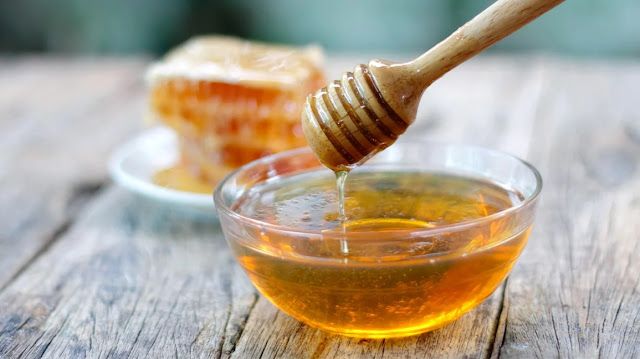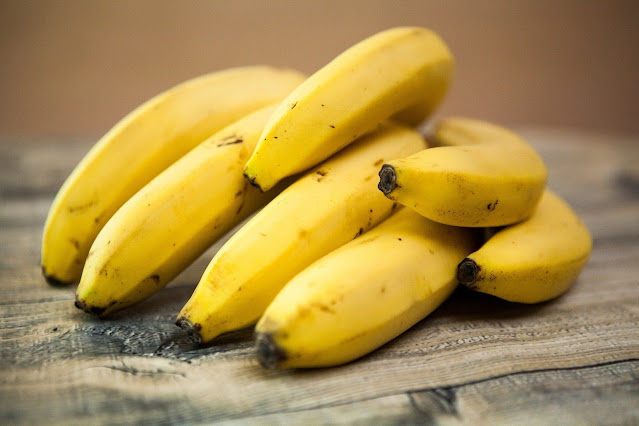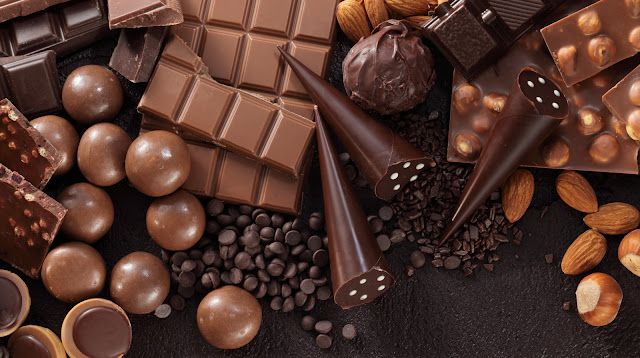When it comes to food storage, refrigeration is often our go-to solution. We instinctively believe that placing perishable items in the refrigerator will prolong their freshness and ensure they remain safe to consume for longer periods. However, it is essential to note that not all foods benefit from being refrigerated. In fact, certain foods can spoil, lose flavor, or undergo undesirable textural changes when exposed to the cold environment of a refrigerator. Understanding which foods should not be refrigerated is crucial to maintaining their quality and taste. In this article, we will explore twenty examples of foods that are best stored at room temperature or in alternative storage conditions.
🔹Bread:
Bread is a staple in many households, but refrigerating it can be detrimental to its texture. The cold air in the refrigerator tends to dry out the bread, making it stale and less enjoyable to eat.
🔹Tomatoes:
While tomatoes might seem like a good candidate for refrigeration, the cold temperature can cause their flesh to become mealy and affect their taste. It is best to store tomatoes at room temperature to retain their juiciness and flavor.
🔹Potatoes:
Refrigerating potatoes can lead to the conversion of starches into sugars more quickly, resulting in a gritty texture and a sweet taste when cooked. To preserve their quality, store potatoes in a cool, dark place.
🔹Onions:
Onions can become moldy and mushy when refrigerated, so it is preferable to store them in a well-ventilated area. The moisture in the refrigerator can promote decay and spoilage.
🔹Garlic:
Refrigerating garlic can cause it to sprout more quickly and turn rubbery. Instead, store garlic bulbs in a dry, cool spot away from direct sunlight.
🔹Honey:
Honey has a long shelf life and doesn't require refrigeration. Cold temperatures can cause honey to crystallize, altering its texture and making it less spreadable.
🔹Coffee:
Coffee beans and grounds can absorb moisture and odors present in the refrigerator, compromising their flavor. It is advisable to store coffee in an airtight container in a cool, dry cupboard.
🔹Avocados:
Refrigerating unripe avocados can impede the ripening process and leave them with a hard, unappetizing texture. Once they are ripe, avocados can be refrigerated to extend their shelf life for a short period.
🔹Basil:
Basil leaves are highly sensitive to cold temperatures, which can cause them to darken and wilt. Instead of refrigerating, store basil at room temperature, ideally in a glass of water like a bouquet.
🔹Apples:
Apples can lose their crispness and become soft and mealy if refrigerated for an extended period. Keep them in a cool pantry or fruit bowl away from direct sunlight.
🔹Melons:
Whole melons, such as watermelons and cantaloupes, should not be refrigerated until they are cut open. Chilling them prematurely can affect their taste and texture.
🔹Bananas:
Refrigerating unripe bananas can disrupt the ripening process and turn their skins black. Keep them at room temperature until they are ripe, and then refrigerate if desired.
🔹Berries:
Berries are prone to mold growth when exposed to excess moisture. Refrigerating them can accelerate this process. It is best to store berries in a breathable container at room temperature.
🔹Stone Fruits:
Fruits like peaches, plums, and nectarines should be allowed to ripen at room temperature before refrigeration. Chilling them before they are fully ripe can lead to a loss of flavor and a mealy texture.
🔹Citrus Fruits:
Citrus fruits such as oranges, lemons, and limes can retain their juiciness and flavor when stored at room temperature. Refrigeration can cause their skins to dry out and make them less juicy.
🔹Olive Oil:
While it's common to find olive oil stored in refrigerators, doing so can cause it to solidify and become cloudy. Olive oil should be kept in a cool, dark place to maintain its consistency and flavor.
🔹Chocolate:
Refrigerating chocolate can cause it to develop a white, powdery film known as "chocolate bloom." This occurs due to temperature changes, and while it is still safe to eat, it affects the texture and appearance.
🔹Cucumbers:
Refrigerating cucumbers for extended periods can lead to a loss of crunch and promote the development of a rubbery texture. Keep them at room temperature or in a cool pantry.
🔹Hot Sauce:
Most hot sauces contain vinegar or other acidic ingredients that act as natural preservatives. Refrigerating them is unnecessary and may cause the sauce to thicken or change in flavor.
🔹Nuts:
While nuts can be refrigerated, they can also absorb odors from other foods in the fridge. It is advisable to store nuts in airtight containers in a cool, dark pantry to maintain their freshness.
🟩Conclusion : While refrigeration is an excellent method for preserving the freshness of many foods, it is important to understand that not all items benefit from being stored in cold environments. The examples mentioned above represent a range of foods that can undergo negative changes when refrigerated, such as textural degradation, flavor alterations, or loss of quality. By following proper storage practices, including keeping certain foods at room temperature or in alternative storage conditions, we can ensure that they maintain their taste, texture, and nutritional value. To make the most of your food and minimize waste, always consult specific storage recommendations for each item and employ suitable methods to extend their shelf life.




.jpeg)















Comments